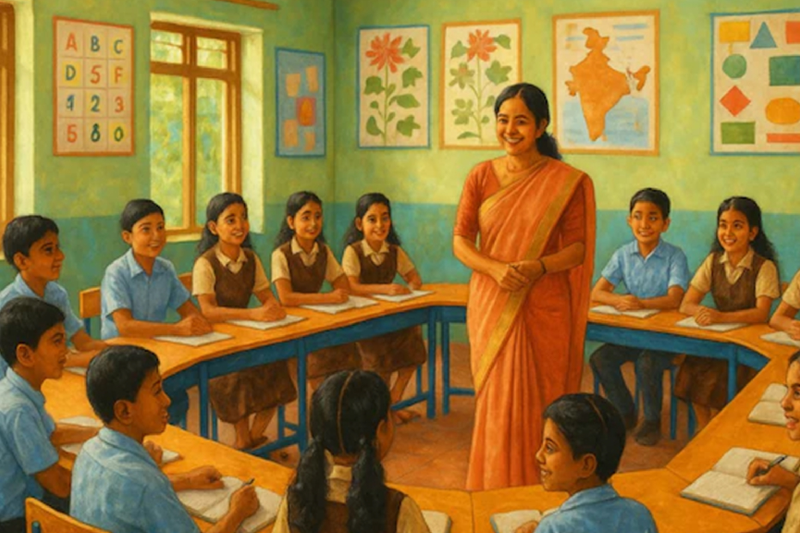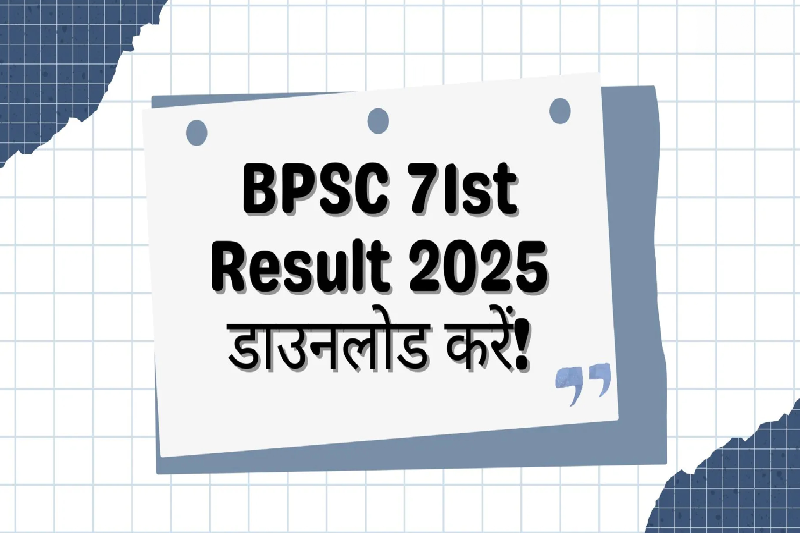
Kerala Moves to Scrap Traditional Classroom Backbenches for Inclusive Learning
Kerala’s state-run schools are set to undergo a significant change in their classroom seating arrangements, as the state government takes steps to eliminate the concept of “backbenchers.” The move, announced by General Education Minister V Sivankutty, aims to foster inclusivity, boost students’ confidence, and create equal learning opportunities for all children. Drawing inspiration from real-life experiences and popular media discussions, the government plans to introduce new seating models that ensure every student receives equal attention.
Ending the 'Backbencher' Stigma in Classrooms
For decades, classroom seating in most Indian schools has followed a traditional row-wise arrangement, inadvertently creating a social and academic divide between “frontbenchers” and “backbenchers.” This informal categorization often associates front rows with bright and attentive students, while those seated at the back are stereotypically seen as underperforming or disengaged.
Minister Sivankutty emphasized that this outdated practice can harm students' self-esteem and limit their participation in class activities. “No child should feel left behind, whether in academics or life. Our goal is to ensure every student has equal opportunities to learn and grow,” he stated in his social media announcement.
Government Plans Expert Panel for Seating Reforms
To make this transition smooth and effective, the Kerala General Education Department will appoint a panel of experts tasked with identifying the most suitable classroom seating models for state-run schools. The committee will evaluate different global and local approaches to seating patterns, with the aim of adopting one that encourages collaboration, interaction, and equal visibility for all students.
“It has been decided to appoint a committee of experts to find out the best model suitable for our education system. Let us consider the suggestions of this panel and move forward,” Minister Sivankutty explained in his announcement. The new arrangement will aim to eliminate the hierarchy and stigma often associated with traditional seating layouts.
Global Inspiration for Inclusive Seating
Kerala’s decision aligns with international educational trends that have long recognized the negative impact of rigid, row-based seating arrangements. Several countries have shifted towards U-shaped, circular, or cluster-based seating patterns to promote interactive learning environments. Such models are designed to encourage open communication, foster peer learning, and give every student a sense of belonging within the classroom.
Minister Sivankutty pointed out that these innovative seating models have proven effective in breaking social barriers within classrooms. Kerala now aims to adapt these global best practices to suit the state’s education system and cultural context.
Cinema Sparks a Larger Discussion
Interestingly, the push to end the concept of backbenchers in Kerala classrooms has also been fueled by popular culture. The recently released Malayalam film Sthanarthi Sreekuttan, directed by Vinesh Viswanathan, portrays the humiliation and emotional distress faced by students labeled as “backbenchers.” A character in the film proposes a seating reform to eliminate this categorization, sparking widespread discussion among educators, parents, and policymakers in the state.
Drawing inspiration from this movie, several schools in Kerala have already experimented with new seating patterns, particularly U-shaped arrangements. These trial models have shown promising results, ensuring every student gets equal visibility and attention from teachers, regardless of their academic performance or seating position.
Psychological and Academic Benefits of Reform
Education experts have long argued that seating arrangements in classrooms significantly influence learning outcomes and student behavior. When students are relegated to the back of the classroom, they often feel less engaged and overlooked by teachers, which can affect their confidence and participation levels.
By removing backbench hierarchies, schools can create a more inclusive atmosphere where students feel equally valued. Psychologists suggest that this shift will reduce feelings of isolation, enhance student-teacher interaction, and encourage collaborative learning among peers.
Minister Sivankutty reiterated this sentiment, stating that eliminating the backbencher concept is part of a larger vision to ensure “no child feels excluded from the learning process.”
Next Steps Towards Implementation
The government’s plan is still in its early stages, with the expert panel expected to deliver recommendations on feasible and effective classroom seating models. Once finalized, the Education Department plans to roll out the changes in a phased manner across state-run schools.
Schools that have already adopted experimental layouts, such as U-shaped seating, may serve as pilot models for wider implementation. The state government has also sought public and educator support to make this initiative successful, stressing that a collective effort is required to create a future where every child feels seen and heard in the classroom.
Kerala's Vision for Inclusive Education
Kerala has long been recognized as a pioneer in India’s education sector, consistently ranking high in literacy and schooling standards. The decision to eliminate traditional backbenches reinforces the state’s commitment to progressive education reforms that prioritize equality, inclusivity, and holistic development.
By addressing a seemingly simple but deeply impactful issue of classroom seating, the government hopes to transform learning spaces into environments that nurture confidence, active participation, and mutual respect among students.
As Kerala moves ahead with this reform, it could potentially set a precedent for other states to reimagine their classroom designs, breaking free from outdated hierarchies and building a more equitable educational landscape for future generations.



